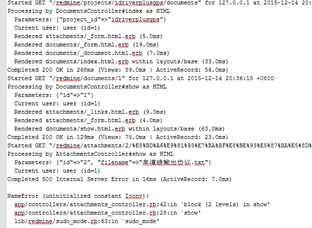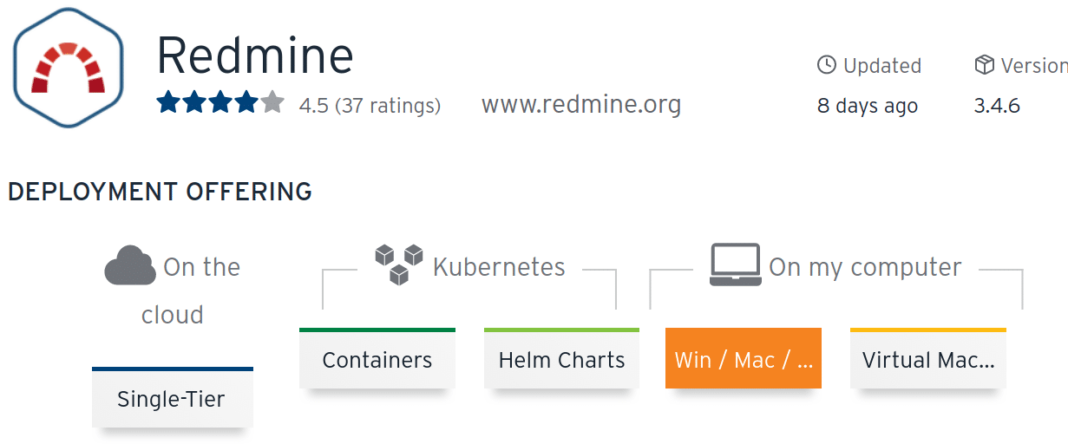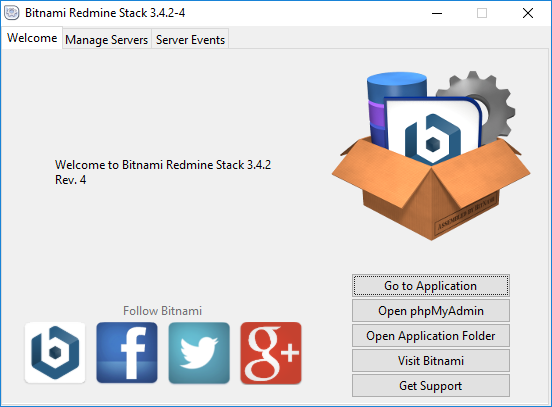
- #Review bitnami redmine install#
- #Review bitnami redmine upgrade#
- #Review bitnami redmine full#
- #Review bitnami redmine trial#
- #Review bitnami redmine windows#
Technically speaking, why is Linux better? It uses less storage space, RAM, and processor power. With them, you will have the most flexibility for efficient optimization and management, but they will also require an experienced admin to handle the system and processes. The most advanced instances require Centos or FreeBSD. It’s the most user-friendly and intuitive Linux installation. Then we have Linux servers, with Ubuntu as OS on the top. It is also more expensive and slower than Linux/Unix-based servers. On Windows, they need to be upgraded all together. Each one of them is separate from the other components.
#Review bitnami redmine upgrade#
On Linux or OS X, you can upgrade only the element that needs to be updated, e.g., Ruby, Passenger, Web server, or Database.
#Review bitnami redmine windows#
The easiest to use would be the Windows server, but for administration purposes, every time you need to upgrade something on Windows, you need to upgrade the whole Bitnami Redmine package.
#Review bitnami redmine full#
If you want to discover the noticeable differences, I refer you to a full article about the differences between MySQL and PostgreSQL and a Reddit discussion. I won’t tell you which one is better or more efficient. Some IT people prefer MySQL, while others like PostgreSQL. If you would like to customize your Redmine, you should also consider that some native Redmine extensions and dev packets might also require additional files. Other plugins need specific Ruby Gems that require adding particular packets to the system. Such infrastructure can be crucial for proper functioning of some plugins, as some of the extensions only work with the Apache web server. If the latter, the time needed to implement any changes can be prolonged and cause additional stress.įor preconfigured Redmine, please check if you also receive preconfigured databases and web servers. Next, you need to check whether you will receive root access to your instance or have to cooperate and coordinate every change with hosting provider admins. First of all, you need to check which operating system will be installed, how often it will be updated, and so on. If you are renting a server for Redmine, before you select the service provider, you should research the given serve specs quite thoroughly.
#Review bitnami redmine install#
If you want to install the system on a physical server, the configuration below will allow you to install and run Redmine with a Helpdesk plugin as well.
#Review bitnami redmine trial#
Start 15-day FREE trial 2) What is the minimal hardware configuration to host Redmine smoothly? If you receive many tickets or they often contain attachments or images, assume that you would need significantly more storage. Like any plugin that handles emails or stores files, it downloads email messages with the attachments and stores them on HDD the same way as attachments. So is the Helpdesk plugin, but there’s one factor you need to keep in mind.

For example, the Agile plugin is lightweight. Why plugins? Because the nature of each extension is different. Number of users doesn’t affect the specification.


So, you choose to go with Redmine installed on your server-either at your physical location, in your organization, or by renting server space. If you are interested, learn more about the Cloud here, or drop us a message. With RedmineUP Cloud, hosted Redmine with all our plugins for a convenient monthly fee. Only a few companies in the market provide such a service and we are one of them. A service provider will handle all processes for you. In this option, you don’t need to worry about installation, updates, configuration, and administration. If no, whether because you do not have or are not willing to spend resources to do this, you should go with the hosted version of Redmine. If your answer is yes, you should go with a self-hosted Redmine. In today’s article, we want to help you answer a question: How do you know whether you should host Redmine in the cloud or deploy it on your server, and in case you decide to install the system on the premises, how do you determine the required hardware configuration?īefore we discuss choosing the right infrastructure for your Redmine, we will start with one simple question: Are you ready to administer the server? Do you have a team or person that can handle it?


 0 kommentar(er)
0 kommentar(er)
